This post may contain affiliate links. That means if you click and buy from that link, I may receive a small commission (at zero cost to you), which helps me maintain the quality of this blog. Please see my full disclosure policy for details.
We have all been there. As guys, we want to look good – we want to find clothing that looks smart and stylish. At the same time, though, we want to wear clothing that fits us. Sure, we can all fit into a tight squeeze when we want to, but who wants to be wearing clothing that feels like it should belong to our little brother or our son?
So, if you are a guy, you have probably run into the same problem as many other gentlemen – buying pants. We need our pants to be comfortable yet also stylish. You do not want to look like you are wearing a size too small, nor do you want to make it look like you are wearing a size too large. The challenge is working out the sizing of pants – every brand and style of pants can feel like it has its own size styling.
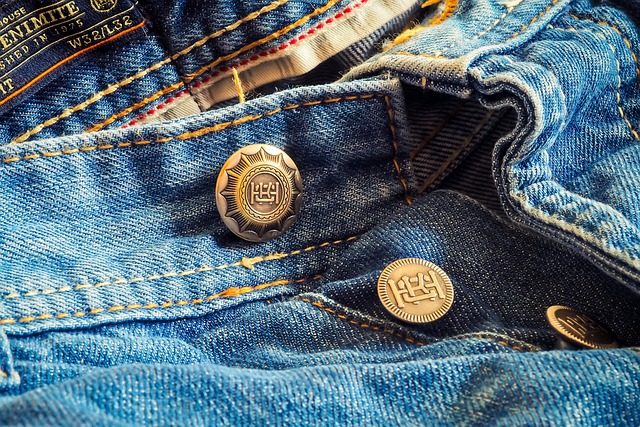
With that in mind, how do men’s pants sizes work? It can be more confusing than it has to be. In some styles of clothing, you get a fairly generic Small to Large style where general waistline sizes should fit into that category. Other types of pants, though, can be confusing to understand.
So that you can go out and buy pants without a problem, let us break down the most important factors that matter. In this quick guide, we will break down how do men’s pants sizes work as well as give you some useful information for buying pants that properly fit.
Why are men’s pants different to men’s upper body wear?
When buying clothing for the lower half of your body, it can seem like a whole new confusing world has just opened up in front of you. Buying pants for the lower half is more variable. Compared to a shirt or a t-shirt, which typically comes in the Small, Medium, and Large sizes we are used to, pants can seem very different.
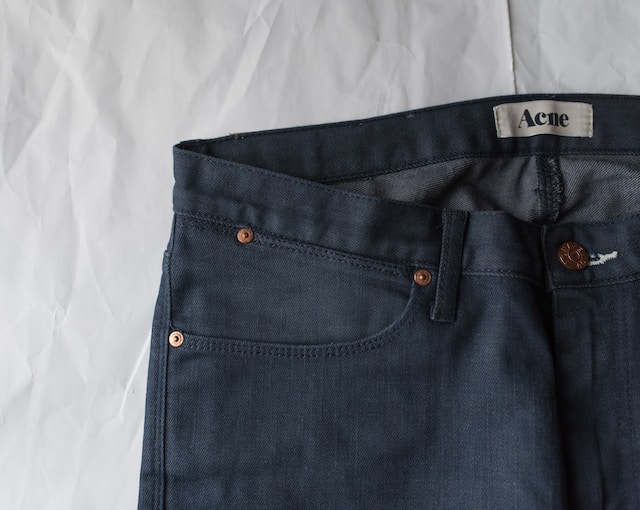
Why? Pants do not use a standard sizing style. Instead, they are typically sold using a pair of numbers and then a label. For example, it could say something like “slim fit” on the label next to these two confusing numbers. Compared to an S/M/L label, that can be quite confusing indeed.
The same goes for if you are trying to buy pants abroad. If you are in Europe and see a nice pair of pants you like, prepare for a different sizing system to be used again. That makes it hard to buy internationally, as you often need to find a way to convert US pants sizes into an EU format.
However, it is worth working out your typical pants size. Working out how to properly size your clothing can ensure that you buy pants – from jeans to joggers – that fit you properly!
Getting started on understanding how men’s pants sizes work
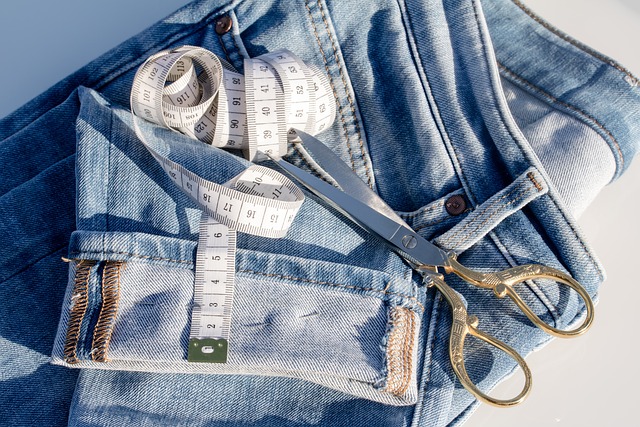
So, there are three things you need to look out for number A, number B, and fit labeling. These will give you all of the details you need to know so that you can reasonably judge if the pants you like will fit you properly or not. Let’s take a quick look at what each of these mean so that you can make a more informed choice.
The first number on men’s pants
So, the first number – number A, if you will – is going to the size of the waist. This means that the waistline has been measured in inches, so you need to work out what your waist size is. If the number says 32, for example, then these pants are designed for a 32” waist.
You would need to find out your waist measurement so that you can properly understand whether or not these will fit you. If you can try them on in person, then great. If you are buying online or someone else is buying them for you, it helps to know your waist size so that you can tell them the closest number that fits you.
Most guys find they fall into an awkward space between one waist size and another, so you need to find the one that feels more comfortable on you.
The second number on men’s pants
The second number – number B – is the length of the leg length. This is important to know because if you buy a leg length that is not right for you, the trousers will either look far too short or far too long for you!
This will be, again, in inches, and it will range not from the top of the trousers to the bottom but from the crotch to the ankle. This means that you should not take the length as the length of the entire garment but from the crotch down.
The fit label on men’s pants
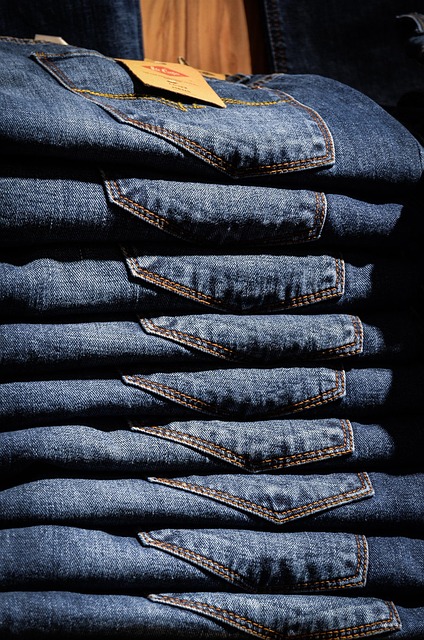
The next symbol to look out for is the fit label, which will give you a rough idea of how they should feel when worn. This is pretty important, as a specific fit will look different. For example, take a Slim Fit and a Regular Fit pair of pants. Even if they are supposed to be the same size in leg length and waistline, they will feel different to wear and look different.
Fit labels are vital as they give you a good idea of how the pants will look once they are on. Naturally, more tapered and slim-fit pants will look tighter on the leg. Meanwhile, the regular fit will be as the name implies – they should not look like they are glued to your legs, but instead a normal fit.
Reading the pant sizes for men
Now that you understand the basics on what all three numbers mean, you should have more of an idea of what you are looking for. Now, though, the ‘hard’ work begins!
Typically, in the US, at least, men’s pants will all come with particular labeling. As we noted above, this is a pair of numbers and then a fit style. So, for example, it could say something like 32/34 or 32×34. This means the trousers have a 32” waistline and a 34” leg length. This is important to note because you must determine what your closest waist width and leg length will be.
The waist
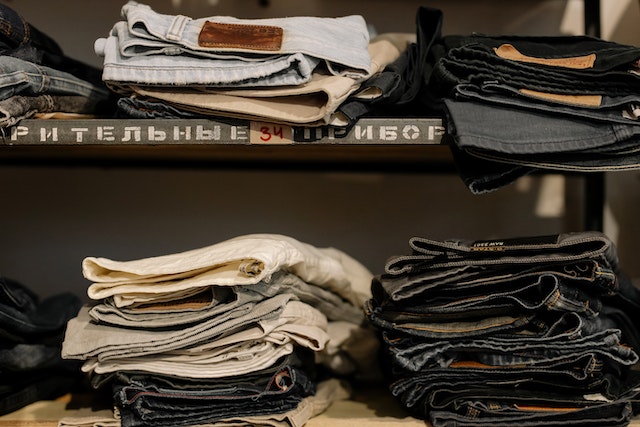
If a pair of pants claims the waist is 32, then it means that it is designed for someone with a 32” waist to wear naturally. Of course, you can wear slightly bigger pants, but they must be brought in with a belt. Again, most guys fall into some weird category from one size to the next, so you often have to improvise and find the best fit instead of the perfect fit.
However, please note that the waist size does not 100% correlate to the size of the waistband. Typically, waistband measurements would be larger than the waist size labeled. Why? Because the majority of pants do not sit tight across your waist. Instead, they sit slightly below.
You might have noticed that your legs and body get wider as you go beyond your waist. As such, if the pants only reached your waistline, they would be too tight even if you bought the ‘right’ size.
The leg
The leg length is hugely important when buying a pair of men’s pants. When understanding how do men’s pants sizes work, you should focus on the leg length. If the second number says 34, then it means that the pants have a leg length of 34”. This should be measured from the top of your thigh to the top of your ankle and measured in inches.
Again, note that the number provides you with the inseam measurement. In many cases, the actual measurement can be an inch or two shorter/longer than this number.
Typically, tapered pants will have an inseam of around 1” shorter than the advertised length size. Regular and/or bootcut options, though, tend to have 1” or 2” extra. In bootcuts especially, this is so that the base of the pants can properly fit around the shoe without looking too odd.
So, if you see a tapered pair of pants that say they are 32”, it is more likely to be 31”. By the same token, a pair of bootcut jeans might be 33” or even 34” as opposed to 32”.
Now that you understand the two numbers and the fit, let us look at how you can find your proper size.
Finding the right men’s pants size for you
Like most guys, you might take the ‘easy’ route here. Find your most comfortable, beloved pair of pants and check the label: what does that label say?
The tag should be found within the waistband – either at the back or, more recently, to the side. This will tell you the size of those trousers. Now, if you are shopping for that particular brand again – say Levi’s – you know that this is generally what you can expect from Levi’s pants of that same style. Again, if you go for a different fit, you must adjust and adapt accordingly.
Please, though, do not assume that this label is now universal. Every brand designs its pants differently and will use slightly varying methodologies in shaping its attire. Given the average difference can be as much as 3” one way or another, this can be the difference between a great fit and looking like you need to lose or gain weight!
If you have never shopped with a certain brand before, you should do a little research beforehand.
Measuring your pants size accordingly
If you want to go ahead and find the ideal measurement for your legs, then you need one thing: a measuring tape. Look for a flexible measuring tape, though, as you will naturally need to bend it around your waist to find out your first size.
Measuring yourself is not as easy as it might sound, though, and we highly recommend getting someone to measure you instead. One solution could be to go and visit a tailor; they can give you your size measurements, though they will likely charge you for the privilege. This, though, would let you know exactly what kind of sizing you need.
The additional challenge here is that your body shape defines a lot. Measuring charts are often approximations as opposed to exact measurements, so you can find that a 32” in one brand differs from a 32” in another brand. Annoying, right?
Our advice would be to avoid buying men’s pants simply by using a sizing charge. This can lead to lots of frustration as you must deal with numerous returns and try on different sizes.
You might find that in some brands, you wear a 32”, and in others a 34”. It can be hard to find an exact measurement, so you typically need to accept that when buying men’s pants, you are looking for the closest fit as opposed to the ideal match.
The best thing you can do is find your preferred brand of men’s pants and find out what you are most comfortable in on their size chart. You can then use this as a rough starting point for buying pants.
Getting to grip with men’s pants fit types
The next part of the equation that you want to understand properly is the fit. We have spoken about this briefly, but many different kinds of fit exist. There are many ‘fits within a fit,’ but you should find that, in general, the following four fit types are your best place to begin:
Waist fit types
- Skinny Fit. This is the smallest and tightest fit, and it is designed to be extremely tight to the skin – think skinny jeans that were oh-so-popular in the 2000s and 2010s.
- Slim Fit. This is the next one up and is typically a touch wider than Skinny Fit. You might find that the fit is around 20% wider but still pretty snug to the body and skin.
- Regular Fit. This is the most standard fit style, and this is the traditional choice. These are usually designed to leave around 2-3” around your hips when worn.
- Relaxed Fit. The ‘baggy’ option usually leaves around 4-5” or above around your hip area. This is the largest fit and is ideal for pants you will typically wear over underlayers.
Leg fit types
- Tapered. Tapered fits usually leave a difference from the knee to the leg, and it can be over 2” larger from knee to leg – the maximum difference should be around 2.1” in size, though.
- Straight. Straight-fit men’s pants tend to leave the knee measurement in line with the leg opening. The maximum difference should be around 1” to 1.1” in size.
- Bootcut. Bootcut men’s pants will more often than not have the knee measurement around 1” smaller than the leg opening, which creates that semi-flared look.
As you can see, a bit of work is needed to understand fit labels. Generally, though, it means that the pants will either be wider at the knee or wider at the leg opening. It also depends on the brand; some brands are naturally thin in their design, meaning that one brand’s Slim Fit can be slimmer than another brand’s Skinny Fit. It is not easy to get the right answer here, and most of the time it will come down to getting to know the brand.
Converting men’s pants sizes
Like many American men, you might enjoy a trip abroad to somewhere like Europe. You might be visiting your old ancestry, or you might be traveling there for work. Whatever the reason or the purpose, though, it would be very wise to understand how to convert men’s pants sizes in Europe to the US system we have just explained.
Thankfully, this is much simpler than the above. To convert a US waist size to an EU waist size, you add on 16. So, if your waist size in America is 32, you would add on 48. Again, though, these are not always exact measurements, so you should get used to doing a bit of calculating to work out the right waist size. Typically, though, adding on 16 can get you close to your target.
Shopping for men’s pants in the USA just got a whole lot easier
Whether you are an American citizen or doing some US shopping, the above should give you a good idea on how to go about buying US men’s pants. This is not an easy process, and you will need to get used to the following:
- The fact that brands all seem to use their inner approximations for men’s pants
- The difference in waistline sizes from one brand to the next and how much they vary
- The challenge in getting the right leg size, with every brand’s measurements being different
- The difference in fit – what is Skinny in one brand might be Regular in another, and so on
This is not easy to get your head around, and unfortunately, it can mean a lot of trial and error. Once you know how one brand sizes its pants, it can be easier to buy from that same brand again. Our advice? Find a few particular men’s pants brands that you like, and stick with them.
Use the above as a general ruleset when buying men’s pants, and you should be less likely to end up with pants that feel suffocatingly small, or ludicrously large. Happy shopping, and good luck!
